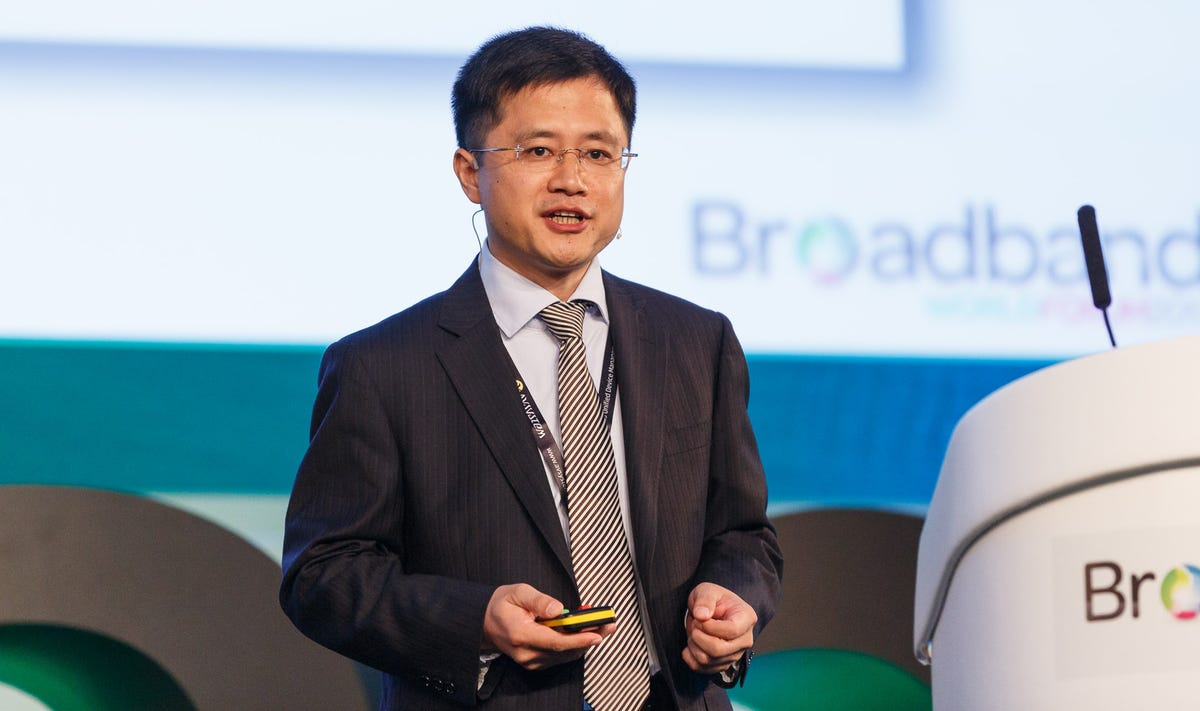AMSTERDAM — Telecommunications companies can be reluctant to spend the money necessary to bring higher-speed broadband Internet access to the masses, but two network equipment suppliers think they have sales pitches that will convince them.
Alcatel-Lucent and Huawei, two giants in the telco equipment market, share a powerful business motivation to sell telcos the next round of high-speed gear. But they have different ideas about how to get there.
For Marcus Weldon, chief technology officer at Alcatel-Lucent, the approach involves bringing the high-speed core of the network closer to the edges with small, short-range wireless network cells and micronodes that are installed one step upstream of people’s houses. For Daniel Tang, chief technology officer at Huawei’s fixed-network business, the answer is moving from antagonism to business cooperation between network operators and those with the content that’s so vexing to those networks.
It’s not clear whether they’ll succeed, but it is clear high-speed network access isn’t one of those technologies that faded away once speeds reached an acceptable level. More devices are attaching to the network, more services like video chats and TV watching are arriving online, and efforts like Google Fiber’s super-fast broadband are showing that at least some customers are eager for gigabit networks. So even if mobile and wired Internet service providers don’t move as fast as some would prefer, it’s likely faster speeds will arrive.
Some telecommunications companies are more eager than others. “Mobile broadband and fixed broadband are going to be so big that access is not a problem anymore,” predicted an optimistic Erik Hoving, chief technology officer for KPN, a Dutch telecommuniations company.
But telcos can be forgiven for some caution. British Telecommunications, through its Openreach BT effort, is spearheading fiber-optic links across the UK, but it said it takes a long time to see a return on its investment. “There’s a 12-year payback for fiber,” said Julian Ashworth, BT’s director of industry policy.
The device problem
Driving the change is the increasing adoption of devices, notably smartphones that Hoving said people check 150 times a day and tablets whose sales have surpassed that of laptops in just three years. Add in an estimated 2 billion wearable computing devices by 2018, mobile-to-mobile communications on the Internet of things, and millions more servers, and you’ve got trouble.
“There’s a device problem,” Weldon said in a speech at the show. Holding up an iPad, he said, “This device profoundly changes the way we behave and the capacity we need. … Tablets have risen from nowhere a couple years ago to be the dominant form of personal computing.” For one thing, they don’t have much storage space, so people rely on cloud-based data and services, he said.


Stephen Shankland/CNET
More limits crop up in traditional ways to expand data capacity. Spectrum is severely constrained, so opening up new tracts of radio-frequency transmissions is tough. Physics also means that spectrum can be pushed only so far: Wireless transmission is reaching the maximum data transfer possible.
The next solution, then, is to get the network closer to the customer who needs it, using small cells that use LTE wireless networks.
“If I have a limited resource that attenuates with distance, I get closer,” Weldon said, adding that it’ll help network providers keep up with the new demand without going bust. “Wireless networks can also expand an economic paradigm that works by factors of 10, 20, or more.”
Financial arguments won’t be enough to carry the day, though. Telecommunications companies will have to accept more risk, too. “We have to get the Web mentality of trying, failing, and succeeding sometimes” versus trying only things that are sure bets, he said.
It’s not all about wireless for Alcatel-Lucent. The company also is pushing for better wired networks. The company also announced new micronode technology to make high-speed networks affordable when a network links only to a small number of customers — 48, 16, or even a single one that’s tied into the node. On the other side, the micronode can link to the network with high-speed, passive fiber-optic lines.
Huawei’s Boost
Where Alcatel-Lucent believes new technology can extend telco’s existing business models, Huawei wants something more dramatic: sharing between the network operators and the companies that offer “over-the-top” (OTT) services that use those networks.
Those offering such services — especially video-streaming sites like YouTube and Netflix, for example — are responsible for gargantuan data usage. Naturally, that’s led to disagreements with network operators and has fueled the dispute over network neutrality. Those with network services want all network packets to be treated equally, but some operators want to be able to charge for high-priority traffic or give low priority to traffic they believe doesn’t make financial sense.
Instead, Tang says he thinks it’s time to reproduce a successful cooperative model from the PC era: “What Andy giveth, Bill taketh away.” He was making reference to earlier Wintel days when then-Intel CEO Andy Grove would sell a faster new chip and then-Microsoft CEO Bill Gates would absorb its new power with more sophisticated software.
In the telco world, that means that content providers and telcos share revenue, Tang said. Telcos can offer premium content that’s linked to premium network speeds. It’s a program Huawei calls Boost.
“If we create more value, we can build a healthier ecosystem for the industry,” Tang said.
That could solve the chicken-and-egg problem that holds back network upgrades today, he said.
“We see reluctance on the consumer side to subscribe to higher bandwidth because even if they do, they won’t be able to enjoy the higher-quality service,” Tang said, adding that content providers are reluctant to add higher-quality services because there aren’t enough customers to take advantage of it.
“The key thing is to convince the customer to pay for extra value,” he said. “If we create more value, we can build a healthier ecosystem for the industry.”



